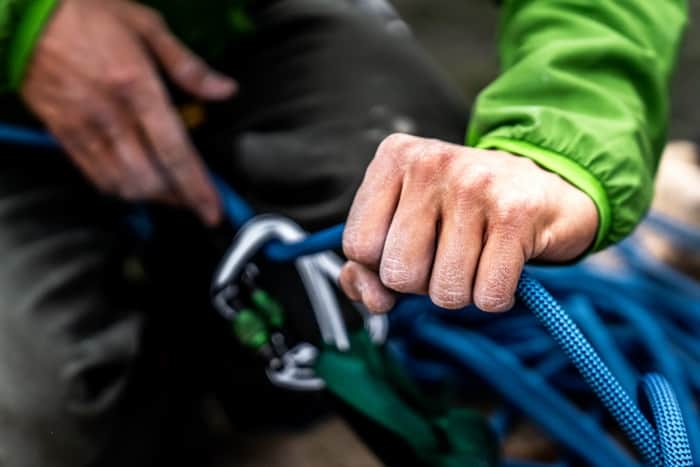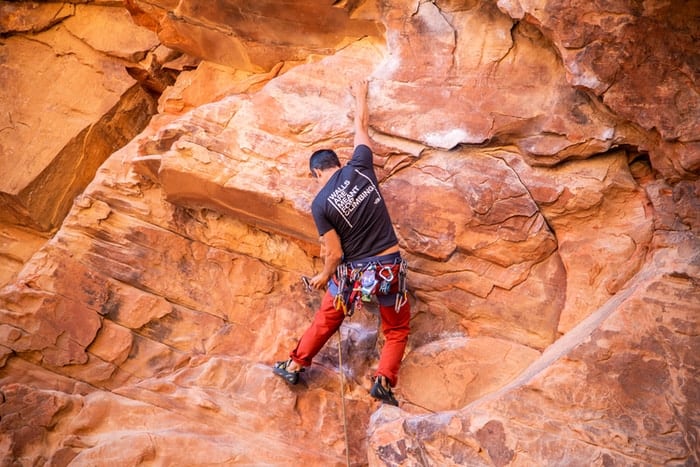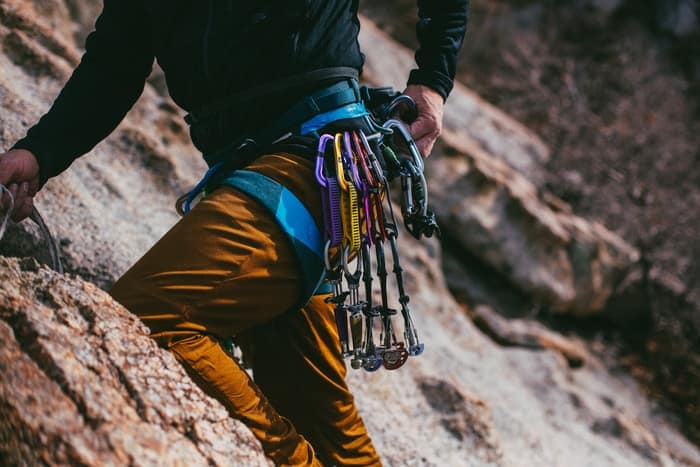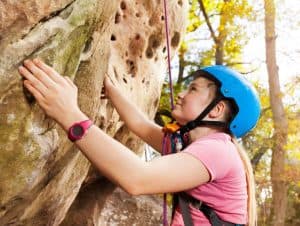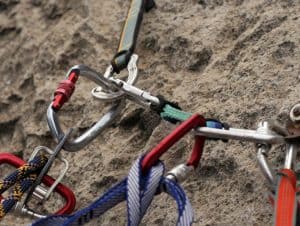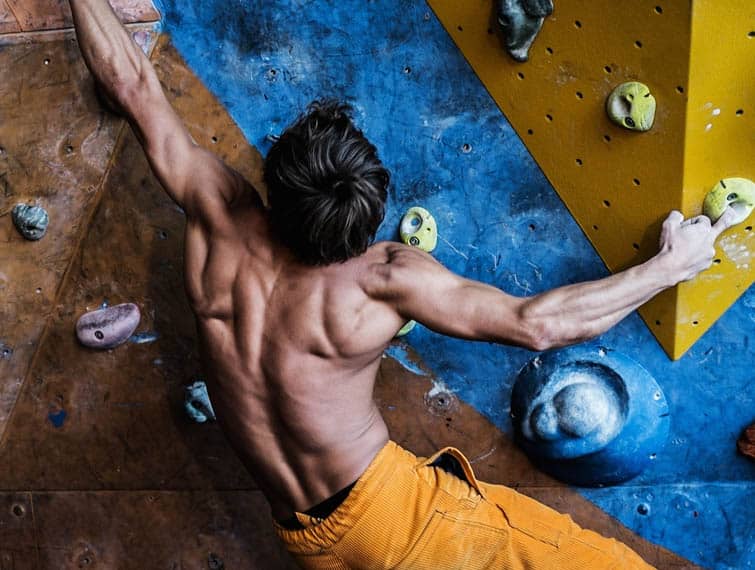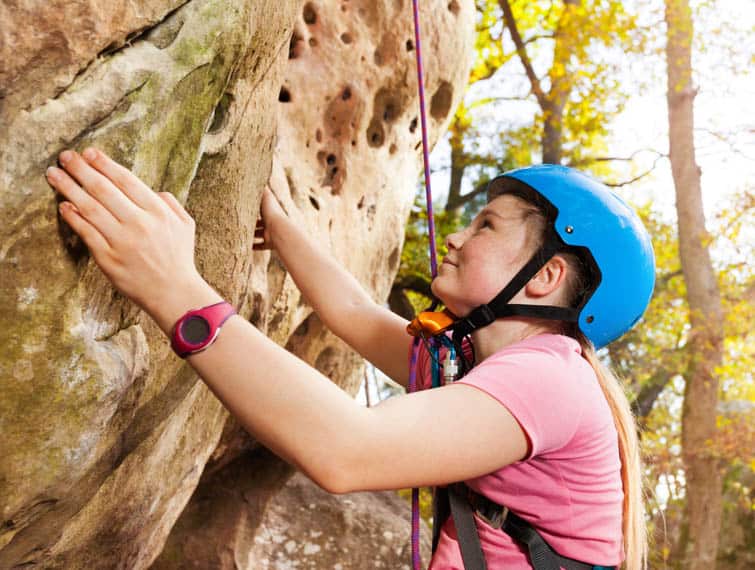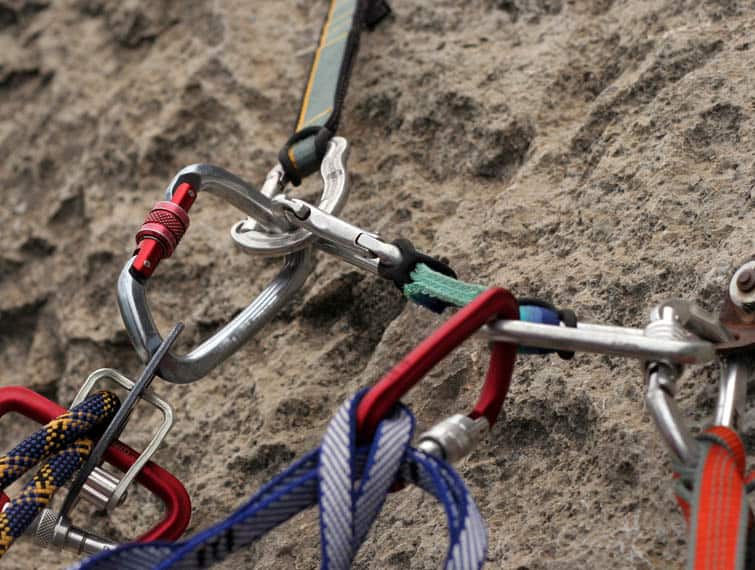To some, climbing a mountain is less about the destination and more about the journey it takes to get there. A feeling of accomplishment can be achieved without reaching the top of a mountain, but for those focused on reaching the summit, there are two main methods: free climbing and aid climbing.
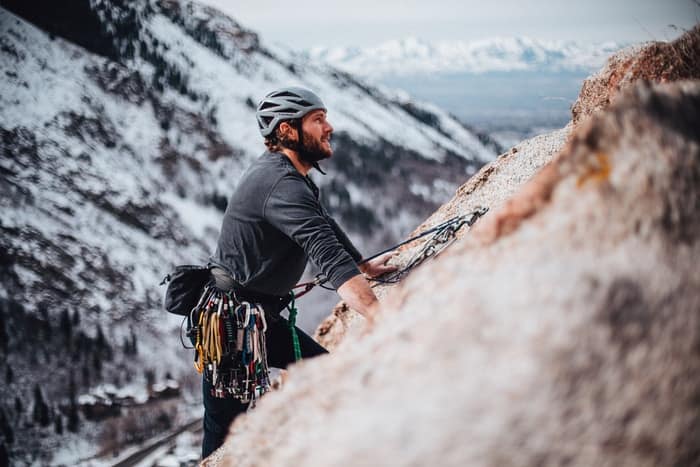
In this article, we will discuss the difference between both types of climbing.
What is Aid Climbing
Aid climbing is a type of rock climbing that relies on artificial aids such as drilled holes and fixed steel cables to use as anchors. It usually involves elaborate and time-consuming preparations, and often involves the use of specialized equipment like cams, wedges, quickdraws, ladders, slings, cordelettes, and knots.
What is Free Climbing
Free climbing is a climbing sport without the use of ropes or harnesses. Instead, free climbers use their skill, physical strength, and knowledge of the rock to ascend an increasingly challenging feature.
The technique is different for each individual based on the type of natural phenomenon they are attempting to scale. Rock faces are typically climbed using two techniques: face climbing and crack climbing.
Face climbers climb horizontally across a surface while crack climbers climb vertically up or down a crack in the wall.
Fun Outdoor Quiz
What Are the Difficulties Involved in Aid Climbing and Free Climbing
Free climbing is different than aid climbing in that free climbing places less emphasis on the need for proper equipment. The climber faces fewer dangers that are inherent to aid climbing, such as falling or dislodging gear.
However, free climbers take more risks than their counterparts by only relying on natural holds and the strength of their muscles.
Free climbers often need to make quick decisions about whether to use a move or not based on feel, which can lead to dangerous situations like falls without ropes.
When One Type of Climbing Is Preferable Over the Other
If you are looking for a long session of climbing, free climbing is best because it doesn’t require any equipment. The downside to free climbing is that it can be dangerous since there are no harnesses or ropes to protect the climber.
Aid Climbing, on the other hand, uses several pieces of equipment to climb up a wall with much more safety than free climbing would provide. This type of climbing is most suitable for beginners and intermediate climbers who want to learn how to safely climb in an environment where they have some control over their movements.
What Are the Techniques and Skills Required for Each Type of Climbing
A person can engage in either free climbing or aid climbing. These two types of climbing are fundamentally different because one is much more technical than the other.
Free climbing requires detailed knowledge of skills and techniques, such as the motor reflexes for hand-to-hand contact, footwork, and body tension.
Aid climbing requires that a climber use equipment to progress upward until they reach their goal. The most common form of aid climbing involves placing gear on holds with little or no friction between them. This allows climbers to place weight on top of the gear without it sliding off.
A second type of aid climb uses bolts placed into cracks in rock walls. Climbers then attach themselves to these bolts using carabiners. These are also called “bolt climbs”. A third method is known as “aiding” where a rope is attached to an anchor point at the base of the route and used by another person to pull up the climber.
Which Type of Training People Should Take to Be Successful in Their Chosen Style
Aid climbing involves using one’s body weight to move up the mountain, using only hands and feet to get leverage. It is a more technical type of climbing that requires dedication and training. Training for aid climbing is largely about strength training, with specific emphasis on footwork.
Anyone who is looking to become successful in this type of climbing should consider taking classes that specifically address these skills.
The type of training people take to be successful in free climbing varies from person to person. For some, training may consist of a lot of endurance training and for others, the focus may be more on strength training.
In order to be successful in this type of climbing, it is important that a climber’s body is tuned into the demands that are going to be placed on it when they climb.
This means being able to perform well under fatigue as well as having good stamina so that you can keep up your energy levels throughout an entire day or even longer. It also requires strong muscles which will allow you to hold onto holds without using too much effort.
Conclusion
One of the most difficult aspects of climbing is deciding which type will suit you and your personal climbing style best. Free Climbing, as opposed to Aid Climbing, typically requires a lot more strength and has greater risks involved. However, if you are looking for something different than what traditional rock climbing offers then free climbing may be just right for you!


